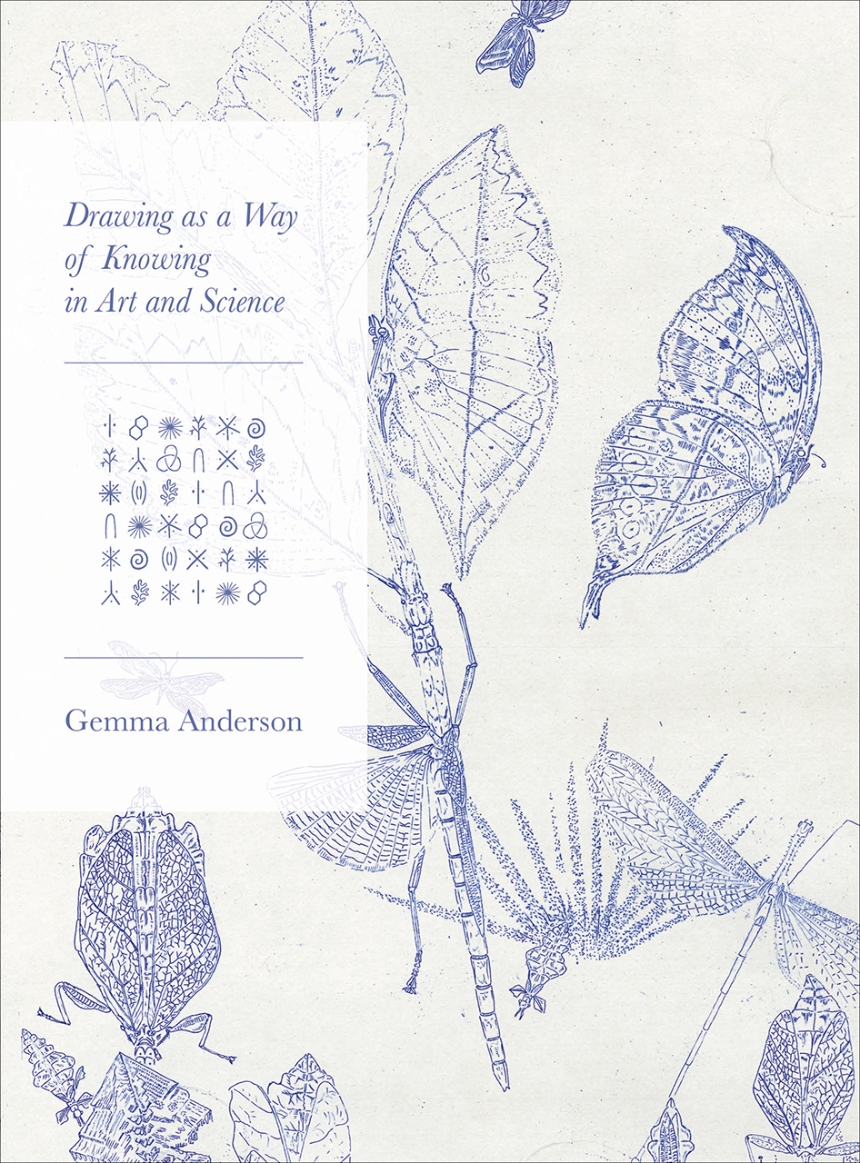Distributed for Intellect Ltd
Drawing as a Way of Knowing in Art and Science
In recent history, the arts and sciences have often been considered opposing fields of study, but a growing trend in drawing research is beginning to bridge this divide. Gemma Anderson’s Drawing as a Way of Knowing in Art and Science introduces tested ways in which drawing as a research practice can enhance morphological insight, specifically within the natural sciences, mathematics, and art.
Inspired and informed by collaboration with contemporary scientists and Goethe’s studies of morphology, as well as the work of artist Paul Klee, this book presents drawing as a means of developing and disseminating knowledge, and of understanding and engaging with the diversity of natural and theoretical forms, such as animal, vegetable, mineral, and four dimensional shapes. Anderson shows that drawing can offer a means of scientific discovery and can be integral to the creation of new knowledge in science as well as in the arts.
Inspired and informed by collaboration with contemporary scientists and Goethe’s studies of morphology, as well as the work of artist Paul Klee, this book presents drawing as a means of developing and disseminating knowledge, and of understanding and engaging with the diversity of natural and theoretical forms, such as animal, vegetable, mineral, and four dimensional shapes. Anderson shows that drawing can offer a means of scientific discovery and can be integral to the creation of new knowledge in science as well as in the arts.
Reviews
Table of Contents
Acknowledgements
List of illustrations
Introduction
Chapter 1: On drawing as a way of knowing
Chapter 2: On drawing practice in science
Chapter 3: Drawing resemblances and Isomorphology
Chapter 4: Drawing with Goethe’s morphology
Chapter 5: Dynamic form: Klee as artist and morphologist
Chapter 6: Mathematics and art: Notes from an artistic collaboration
Chapter 7: Isomorphogenesis: Drawing a dynamic morphology
Chapter 8: The Cornwall Morphology and Drawing Centre
Conclusion
Glossary
Bibliography
Index
List of illustrations
Introduction
Chapter 1: On drawing as a way of knowing
Chapter 2: On drawing practice in science
Chapter 3: Drawing resemblances and Isomorphology
Chapter 4: Drawing with Goethe’s morphology
Chapter 5: Dynamic form: Klee as artist and morphologist
Chapter 6: Mathematics and art: Notes from an artistic collaboration
Chapter 7: Isomorphogenesis: Drawing a dynamic morphology
Chapter 8: The Cornwall Morphology and Drawing Centre
Conclusion
Glossary
Bibliography
Index

